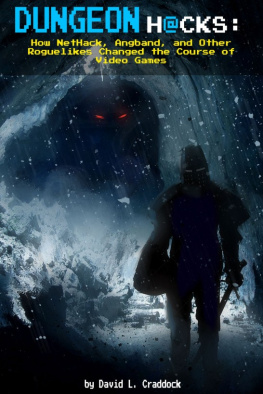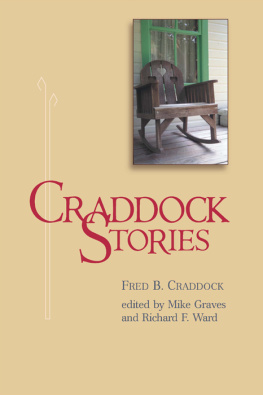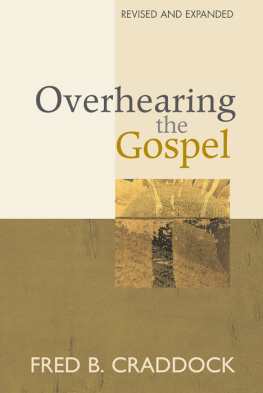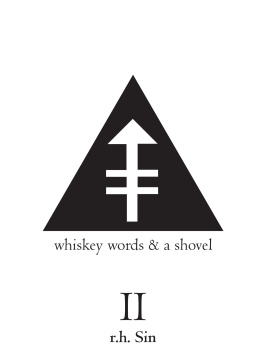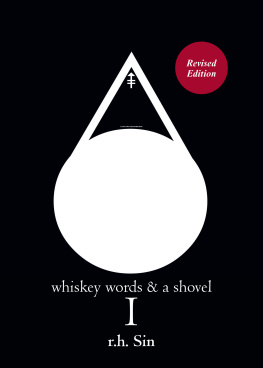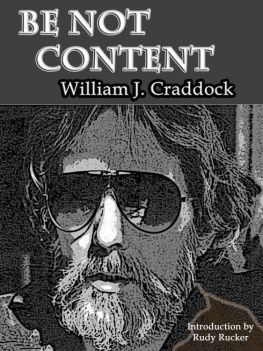Craddock - Shovel Knight
Here you can read online Craddock - Shovel Knight full text of the book (entire story) in english for free. Download pdf and epub, get meaning, cover and reviews about this ebook. City: Los Angeles;CA, year: 2018, publisher: Boss Fight Books, genre: Art. Description of the work, (preface) as well as reviews are available. Best literature library LitArk.com created for fans of good reading and offers a wide selection of genres:
Romance novel
Science fiction
Adventure
Detective
Science
History
Home and family
Prose
Art
Politics
Computer
Non-fiction
Religion
Business
Children
Humor
Choose a favorite category and find really read worthwhile books. Enjoy immersion in the world of imagination, feel the emotions of the characters or learn something new for yourself, make an fascinating discovery.
Shovel Knight: summary, description and annotation
We offer to read an annotation, description, summary or preface (depends on what the author of the book "Shovel Knight" wrote himself). If you haven't found the necessary information about the book — write in the comments, we will try to find it.
Craddock: author's other books
Who wrote Shovel Knight? Find out the surname, the name of the author of the book and a list of all author's works by series.
Shovel Knight — read online for free the complete book (whole text) full work
Below is the text of the book, divided by pages. System saving the place of the last page read, allows you to conveniently read the book "Shovel Knight" online for free, without having to search again every time where you left off. Put a bookmark, and you can go to the page where you finished reading at any time.
Font size:
Interval:
Bookmark:
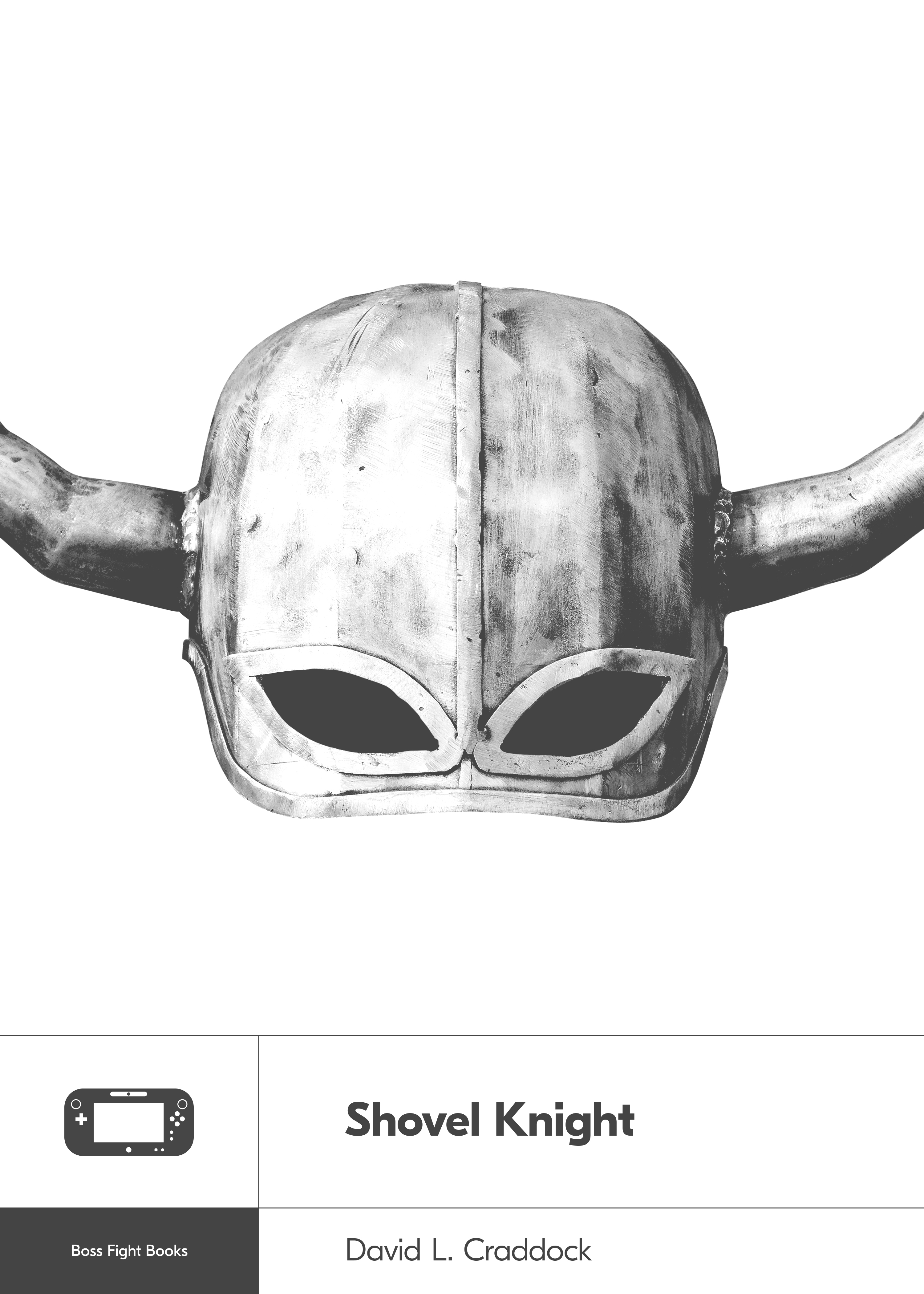
Blast from the Future
I was a latecomer to Shovel Knight . I learned of it in the fall of 2014, months after its release. Id played so many retro-inspired platformers in the year and a half since Yacht Club Games had launched its crowdfunding campaign that I wasnt broken up to find that another had come and gone. Besides, as much as I still enjoyed run-and-jump challenges, I was too wrapped up in Demons Souls and Dark Souls to pay attention to much else.
Then a friend sat me down and showed me Shovel Knight s gameplay trailer. There, on YouTube, I beheld a medley that evoked the NES games I had loved as a kid: The surprisingly deep swordplay of Zelda II , the world map of Super Mario Bros. 3 , the pogoing antics of DuckTales , and most of all, the distinctive boss designs and nonlinear progression of the Mega Man series.
I watched the trailer again and again. Each time, I noted subtle distinctions between my favorite old-school games and what Yacht Club Games had made. Shovel Knight was small, stout, and blue like Mega Man, yet he fought with a hand-to-hand weapon where Mega Man blasted enemies from afar. There were eight bosses as there had been eight Robot Masters, but the knights and their stages appeared even more intrinsically connected: Polar Knight inhabited an arctic wasteland full of slick surfaces and bottomless crevasses. King Knight ruled a gilded castle, its corridors patrolled by knights and wizards.
Most of all, Shovel Knight looked like a Nintendo game. The pixelated backgrounds, the character sprites, the gigantic enemies lumbering onto a black backdrop. It was as if Yacht Clubs developers had gone up to their mothers attics, dug out their Nintendo Entertainment Systems, and built a new game decades after the system had been put out to pasture.
Yet Shovel Knight boasted more modern elements, too. I read up on the game and discovered the inspiration Yacht Club had gleaned from Dark Souls . Wanting to know more, I reached out to the developers for interviews and talked extensively with David DAngelo. Before long, most of the rest of the studios founders joined in and were kind enough to supply me a download code for the Wii U version of the game. By the time I escaped the Tower of Fate, I was convinced: Shovel Knight was more than a throwback title.
Yacht Club Games wanted to expand. To redefine.
Shovel Knight is more than a great retro-inspired platformer. My goal in spending a dozen or so hours interviewing its principal developers was to learn what made their creation a classic all its own, one that stands on the shoulders of giants but, from there, soars to new heights under its own momentum.
This is their story, told through a combination of their words and mine. So load up Jake Kaufmans chiptunes soundtrack, pour yourself some ichor, and join me on a journey that spans the past, present, and future of platformer design.
For Shovelry!
Nine-year-old Jimmy Woods was the envy of every kid who developed a case of Nintendo thumb in the 1990s. Taciturn and introverted, Jimmy was one of the protagonists of The Wizard , a feature film in which the plucky gamer perseveres over childhood trauma to earn a spot in the finals of Video Armageddon, a video game tournament with a prize pot of $50,000. Moreover, he and his co-stars were among the first westerners outside of Nintendo to play Super Mario Bros. 3 , the next installment in Nintendos bestselling series of platform games for its NES console.
To adults, The Wizard was a glorified commercial for Nintendo games. To seven-year-old Sean Velasco, the film was mind-blowing.
I was always into games, and always into Nintendo, from the outset, Velasco said, citing Super Mario Bros. , Super Mario Bros. 2 , and Zelda II as early favorites. I was right in time for the marketing of The Wizard .
Nintendo . Parents pronounced the word slowly and carefully, as if creeping through a Super Mario Bros. 3 airship infested with Bob-ombs and cannonballs. Founded in 1889 as a manufacturer of playing cards, Nintendo transitioned to video games in the mid-1970s after president Hiroshi Yamauchi took notice of Space Invaders s popularity in Japan. The companys first few arcade titles failed to gain traction, but Nintendo struck gold with Donkey Kong , a platform game designed by Shigeru Miyamoto, a young college grad who had grown up dreaming of becoming a toymaker. In July 1983, Nintendo launched the Family Computer, more commonly called the Famicom, an 8-bit console that played games on cartridges and went on to sell 2.5 million units in Japan by the end of 1984. Nintendo rebranded the Famicom as the Nintendo Entertainment System, or NES, in the United States, where it made waves when it premiered in New York City in 1985.
By 1990, 30 percent of Americans owned a Nintendo Entertainment System, and young Velasco was right there among them, tearing through titles like Super Mario Bros. 2 and Zelda II .
I was planted in front of the NES for a lot of that time, Velasco said.
Velascos passion for cartoons and video games set him on a creative path. He enrolled at Cogswell Polytechnical College in 2002 and experimented with various artistic pursuits until he found one that fit. Initially I wanted to be an animator or a character designer, until I understood that being a game designer was a job, he recalled. That was actually something people did: putting the game mechanics and game world together.
Cogswell was the perfect environment in which Velasco could map out his future. At the time he joined, only 400 students studied there, affording each student plenty of one-on-one access to instructors. Velasco sailed through his curriculum, benefiting more from working on side projects with fellow students than he did from sitting in classrooms. We had a game development club, and we would haul our giant CRT monitors out of our houses and bring them to the school every week to put together games in our spare time, he remembered. I think that prepared me for making games, especially the way I do now, which is in a smaller environment working closely with a group of people.
After graduating in 2004, Velasco and three of his friends parlayed their side projects into a startup called Happy Fun Team. They targeted mobile phones, but the days of tablets and smartphones being on par with game consoles were still years away. Motorola ruled the mobile roost with its Razr line of phones, boasting screens that measured 2.2 inches and displayed 144 colors at once. We only made one game, Velasco said. It was an Adventures of Lolo -style game that had the Nightmare Before Christmas license. I still think it was a pretty cool little game, but after that we couldnt find any work. We were just out of school and didnt know what we were doing.
While Happy Fun Teams game sold poorly, creating it gave Velasco invaluable experience. In November 2006 he landed a job at WayForward Technologies, a small studio based in southern California. WayForward was founded in 1990 by Voldi Way, a wunderkind who had founded his first company, which developed software for sheet metal fabrication, at age fourteen. When he started WayForward, Way hedged his bets. Rather than going all-in creating original games, he focused on developing licensed software based on established characters such as Godzilla and SpongeBob SquarePants.
The company grew steadily over the next twelve years, juggling licensed titles as well as edutainment software such as The Land Before Time: Pre-School Adventure and Casper: Animated Activity Center targeted at schools. Each release performed well enough to strengthen the companys bonds with license holders, who in turn gave them more contacts. More contacts brought in more money to hire developers, who formed teams to handle more projects. At last, in 2002, WayForward released Shantae , a 2D platformer in which players controlled a geniethe studios first original game.
Font size:
Interval:
Bookmark:
Similar books «Shovel Knight»
Look at similar books to Shovel Knight. We have selected literature similar in name and meaning in the hope of providing readers with more options to find new, interesting, not yet read works.
Discussion, reviews of the book Shovel Knight and just readers' own opinions. Leave your comments, write what you think about the work, its meaning or the main characters. Specify what exactly you liked and what you didn't like, and why you think so.


